10 Ways to Maximise Your Self Build Budget
Few of us are in the position where we can say that money is no object when it comes to building our own homes.
The truth is that most of us will be frantically trying to eke every last penny from a modest budget to achieve the best value for money, regardless of the size of our projects.
Your attitude to finance and how you spend your cash is a personal choice, of course. But if you succumb to a moment of weakness where heart overrules head and make an expensive impulse buy, it can have a significant impact further down the line.
Something else may have to give and if the money gets tight, then it’s inevitable your stress levels will go up accordingly. Here’s how you can keep a rein on the purse strings and make the most of your budget.
1. Find out how much money you can raise
One of the first things you need to do is establish exactly how much money you can access to fund your scheme. Until you know what you’ve got to play with, the rest is academic.
After all, this figure will dictate the size and quality of the house, who designs it, how it’s put together, who builds it and who manages the whole project.
A typical budget will comprise of any equity you have in existing property, whatever savings you have, and how much you can raise by way of a mortgage.
The rules on this kind of lending have been tightened up considerably since the 2008 crash, so it is vital to speak to a specialist mortgage broker who understands the self and custom build market, such as BuildStore.
Their experts can advise how to maximise your borrowing potential (and your spending pot) within manageable repayment levels.
Find out more about the Help to Build scheme: How to Apply for the Self Build Mortgage Equity Loan Scheme
2. Haggle on land prices
Usually, the biggest single expenditure on a self build project is the plot.
Some of you may have the good fortune to already own or have access to land through family or perhaps an inheritance, but for most people the site represents anywhere between a third and half of the total cost of creating a new home.
As it is such a massive proportion of the budget, even a small percentage reduction negotiated in the purchase price of your plot can have the effect of freeing up literally thousands of pounds for the construction phase.
The lesson here is to bargain hard and exploit any potential negative issues on the site as leverage to get a reduction in the price.
Looking for land? Head to PlotBrowser, the UK’s best and 100% free plot finding service
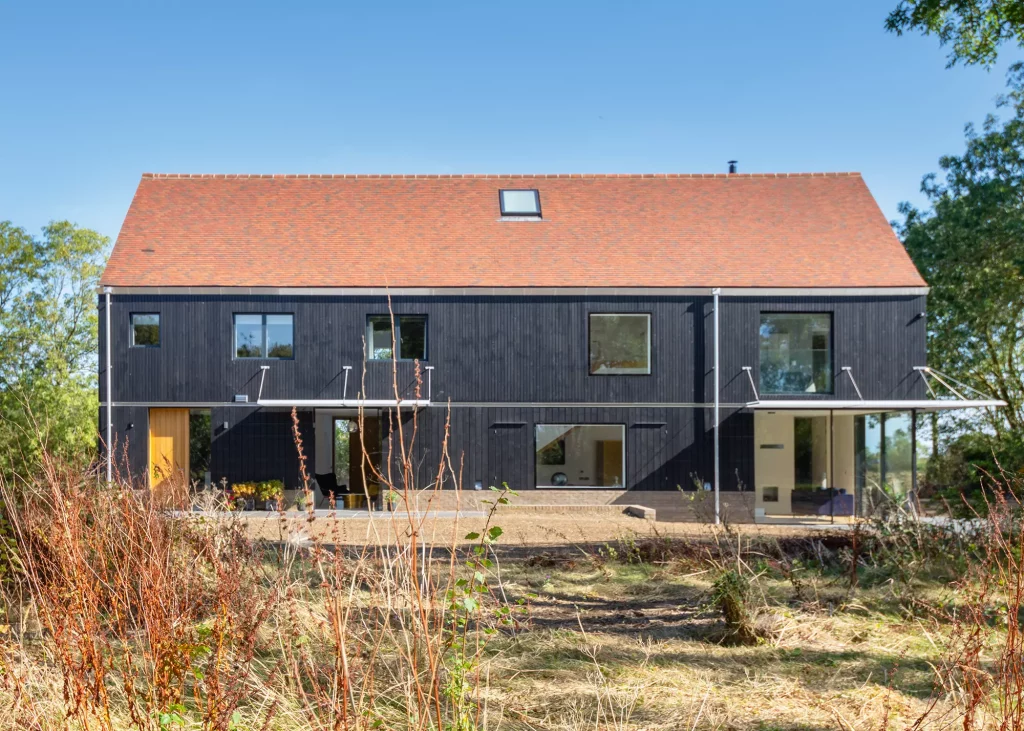
Building in a rural location can be an amazing self build opportunity. This new build in rural Cambridgeshire by Ashworth Parkes Architects replaces an old farmhouse that used to occupy the site
3. Simple budget-friendly design
Complexity adds cost. The most affordable property to build is a square box with a two-sided roof. This shape offers the most floor area against external wall dimensions.
It’s simple to construct and, therefore, to price. Many estate houses built by big developers follow this format. If you want the largest possible house for the least outlay, this layout, or something very similar, is how you will do it.
Adding gables, dormers, balconies, curves and structural glass will only add cost to this basic design. If your budget can stand it and this is what you want, go ahead. However, if you want to squeeze out every penny and maximise space, my advice is to keep it as simple as you can.
CASE STUDY Idyllic Self Build for Under £170,000Winner of the Build It Award for Best Self Build for Under £250k, this project was completed for under ££166,130 (after VAT reclaim). Leanne Player wanted to stay in her local area but found that house prices were simply unrealistic. Luckily, her parents had a plot of land on the outside of the village, which they gave to her with the goal in mind to self build. After planning was granted, the timber frame build took 12 months to complete. |
4. Is going bespoke right for you?
If you want to get good quality at an affordable price, then specifying stock products that can be ordered off-the-shelf will prove a safe bet. This means the supplier will be geared up to manufacture the item using their existing tooling and labour.
The minute you ask for anything in an unusual size, shape or material, the price will start to spiral upwards at an alarming rate.
This is particularly true of fenestration products. I vividly remember watching one client, who had allocated £30,000 for bespoke glazing for his eco house, blanche when the first estimates came in at over £100,000 – almost a third of the build budget for his entire project. You have been warned!
Read more: What can you build for your budget?
5. Shop around for builders’ quotes
Whatever you do, don’t just get a single quote for a complex job like building a house or extension.
Prices will vary enormously due to a number of factors, ranging from the state of the economy through to the health of the company quoting and their appetite for taking on new work. Some contractors might price high because they already have enough to be getting on with, others might need a job quickly and submit a lower price to win the work.
The important thing is to take references to check the competence of the builder and to look at previous jobs to make sure they are up to standard. It’s also critical that you ensure all of the work required has been allowed for in the quote.
Taking the time to research and understand current house building costs will also help you to get a clearer picture of whether quotes are good value for money.
6. Do as much as you can yourself
The more of the project you can successfully deliver yourself, the more money you’ll be able to save – but remember to be sensible about it.
Clearly, if you don’t possess the skills and competency to do a particular job to the standard required, it’s invariably going to be a better move to pay for someone else to do it properly. However, if you have reasonable DIY skills and are willing to chip in with some tasks, you can save significant sums of money.
On my own self build, I fitted the guttering, installed the underfloor heating pipes and undertook much of the painting and decorating work. I spent a lot longer doing it than a professional would have done, but I was happy with the results and saved a few £1,000 in labour costs.
7. Take a fabric first approach
If you get the design right, choose an optimal structural system and have your home built to a high standard, then you’ll reduce the need for ever more complex heating systems.
The ultimate expression of this is the Passivhaus concept, which relies on building-in high levels of insulation and airtightness to create a comfortable living environment. It may even negate the need for a central heating setup completely.
This approach was once described to me with a clever analogy. Think of the houses we build as buckets, and imagine the heat we put into them as water.
For decades, those buckets have been chock full of holes, and we’ve been finding more and more ingenious ways of putting water into them to compensate. So why not simply fix the bucket? That’s the basic idea behind going fabric first, and it can save a fortune in heating hardware and ongoing fuel costs.
If you want to opt for the full certified Passivhaus route, I’m not going to stop you – but in my view, a combination of airtight construction, effective insulation and mechanical ventilation and heat recovery (MVHR) will do almost exactly the same thing at a far lower outlay, and is fine for a temperate climate like ours.
More Inspiration: 10 UK Passivhaus Homes
CASE STUDY Highland Home with Sea Views for £122,400The family, who relocated from Britany in France to Loch Broom in the Scottish Highlands, completed their self-build in 12 months with the assistance of local design and build company; North Woods Design. With the ledge positioning of the site, Proprietor, Bernard Planterose, advised that the site should be excavated before detailed plans were drawn up. This is an unusual course of action but was a requirement for understanding the exact nature of the plot’s underlying rock. 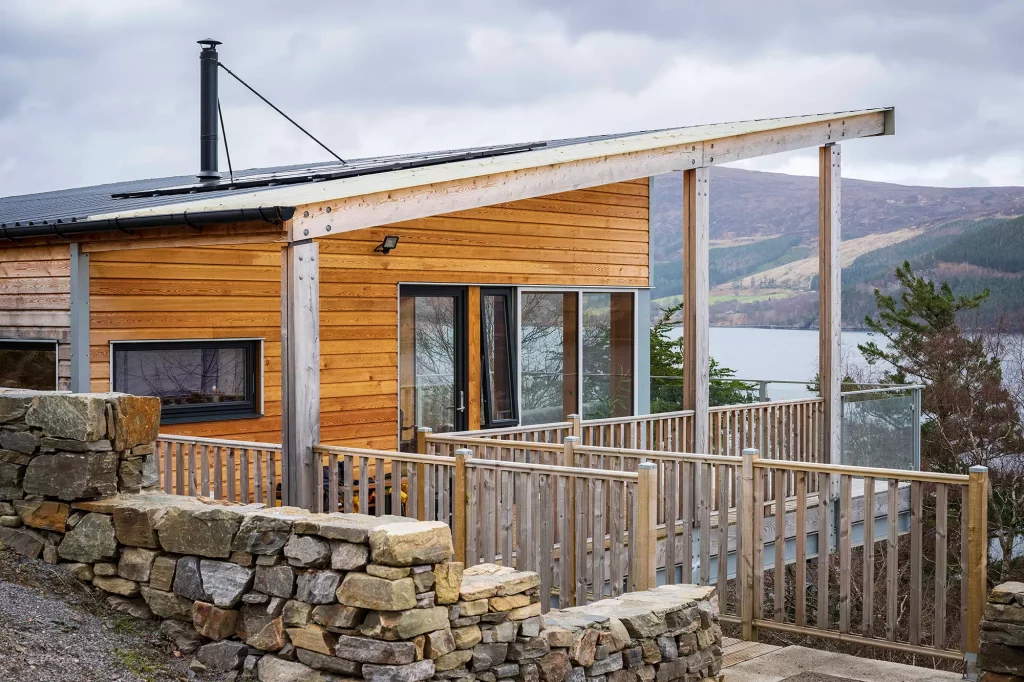 It was revealed that the rock under the hillside suddenly dips away to reveal a series of cliffs underneath, with a slope of around 60°. This challenge was overcome through constructing a ledge with terraces, and a structural engineer was brought in to collaborate on the design of the supporting steelwork so the house could sit safely. The result is a modest and contemporary home with a self-contained frame, which Bernard has said “helped enormously with the efficiency of construction and material use”. Utility efficient too, the one stove is responsible for the home’s heating and fitted solar thermal panels on the roof provide the family with hot water. |
8. Concentrate your cash on the big stuff
Shopping around to knock a few pennies off the cost of a bag of screws or a quid off a sheet of plasterboard might make you feel good, but in the grand scheme of things it saves very little money and will eventually wear you out. By comparison, negotiating a decent price on big-ticket items such as bricks, tiles, windows and stairs can potentially save £1,000s.
If you are buying the materials yourself, get in touch with the suppliers’ trade representatives – they may well be willing to talk to you directly. After all, which salesperson would ever willingly turn down a deal that gets them closer to their sales target?
9. Save money on kitchens & bathrooms
This is an old chestnut of mine and I’m going to reiterate it. New kitchens and bathrooms always look great and you can buy incredibly good quality sanitaryware and kitchen units from DIY sheds and similar outlets for a fraction of the price of some of the upmarket designer labels.
If you want to make your budget go further, then save the bespoke handmade kitchen with the genuine moon rock worktops for later, when your finances are back on an even keel after the build. A relatively inexpensive mid-range kitchen or bathroom will easily give 10 years of service and few people will ever spot the difference between this and the expensive designer stuff.
Read more: Kitchen design & costs
10. Architects can add value
This one might seem a bit counter-intuitive: architects are expensive, right? Well, depending on what you are trying to achieve, using the professional skills of a fully-qualified designer might be the best way to get the most out of your budget.
Their experience and know-how can introduce all sorts of clever ideas to achieve the desired outcome without breaking the bank.
When the National Custom and Self Build Association ran its Self Build on a Shoestring competition, some of the entries from both new and well-established architects were outstanding and illustrate the point I’m making perfectly. You will need to shop around, but if you can find someone on the same wavelength as you, the results can be spectacular.
Read more: Could an architect save you money?
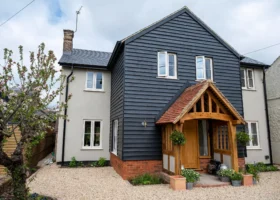

































































































 Login/register to save Article for later
Login/register to save Article for later

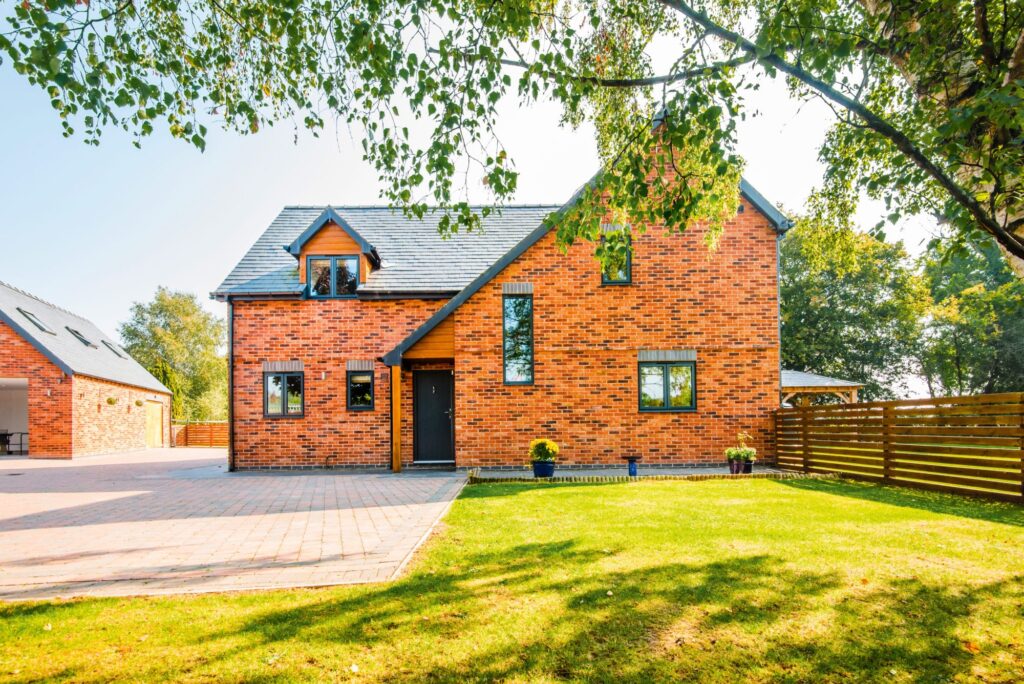
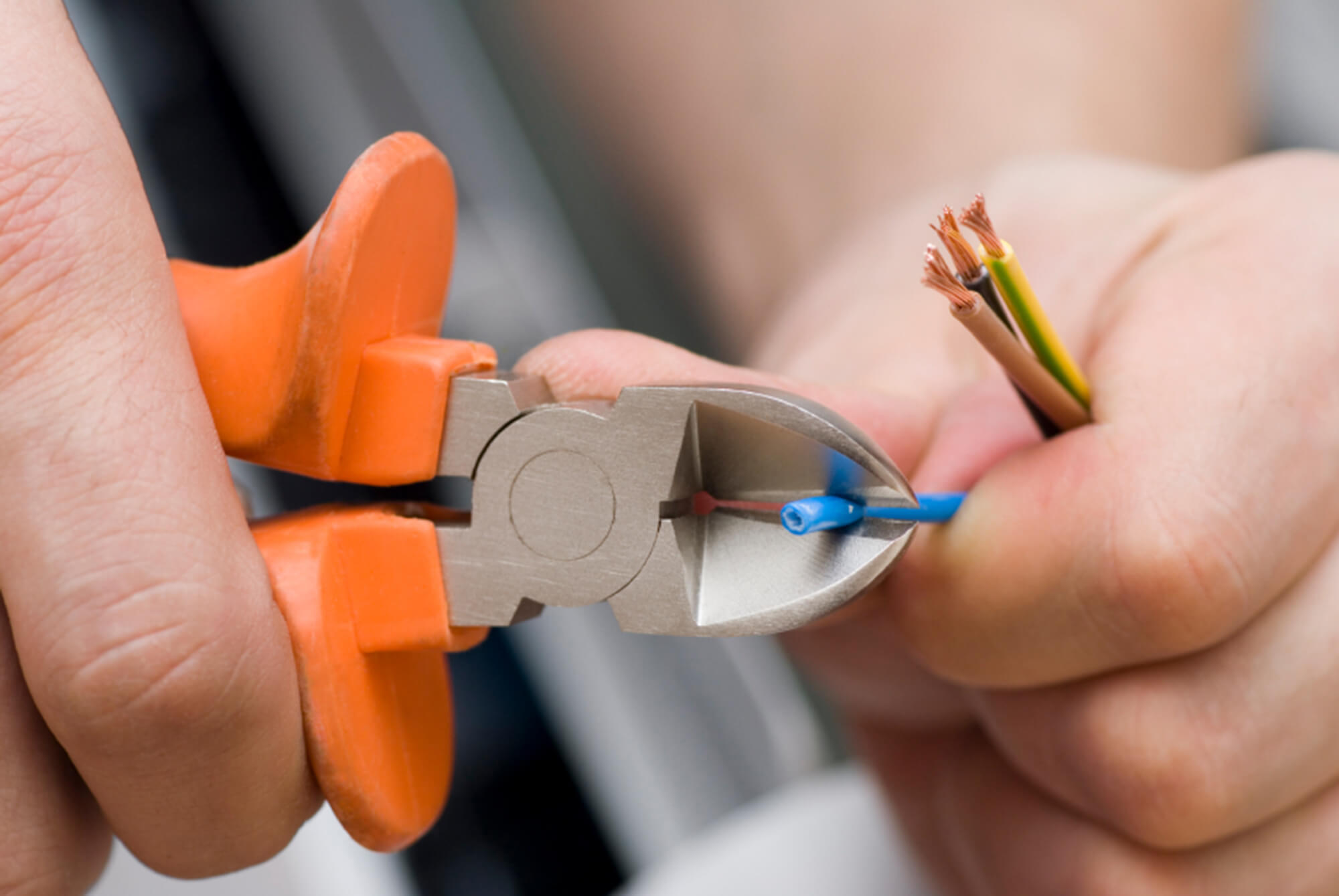
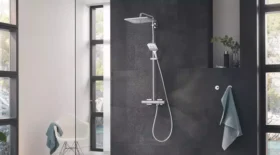





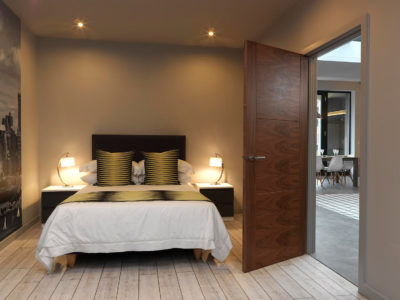
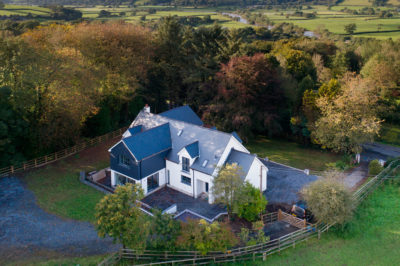





I have learned so much from this information. I have overseen an extension but am now thinking of a new build and what you have said here rang true with many of my experiences as far as making standard things look like bespoke. (Of course quality isn’t a bit the same and if money was no object… ). Anyway thank you.